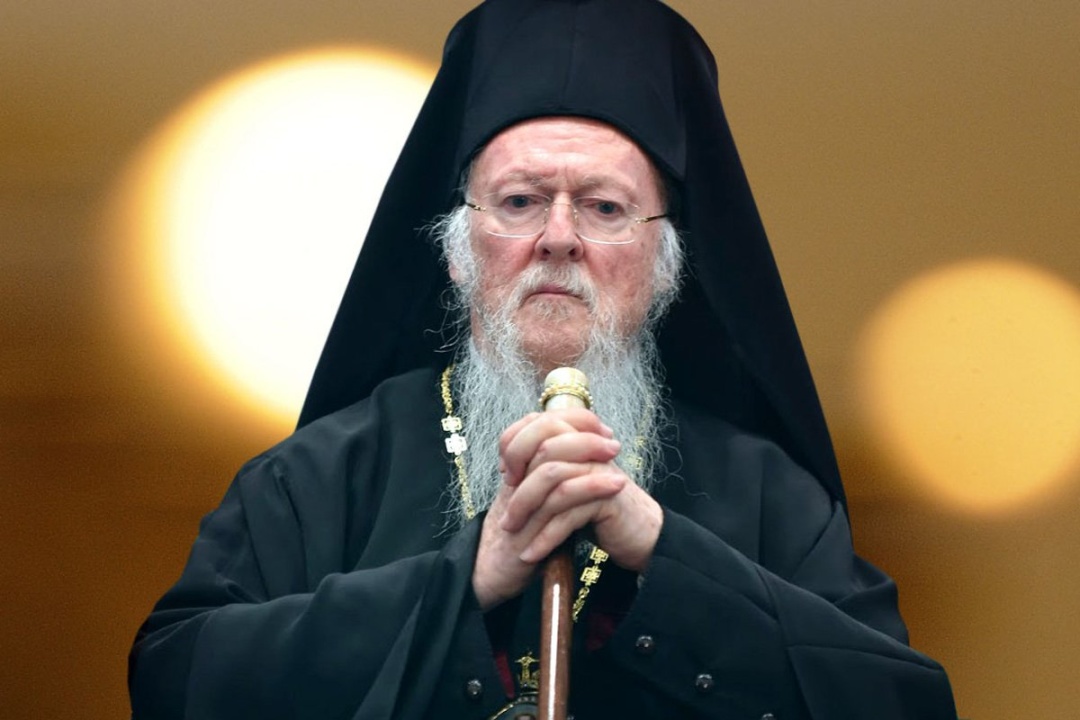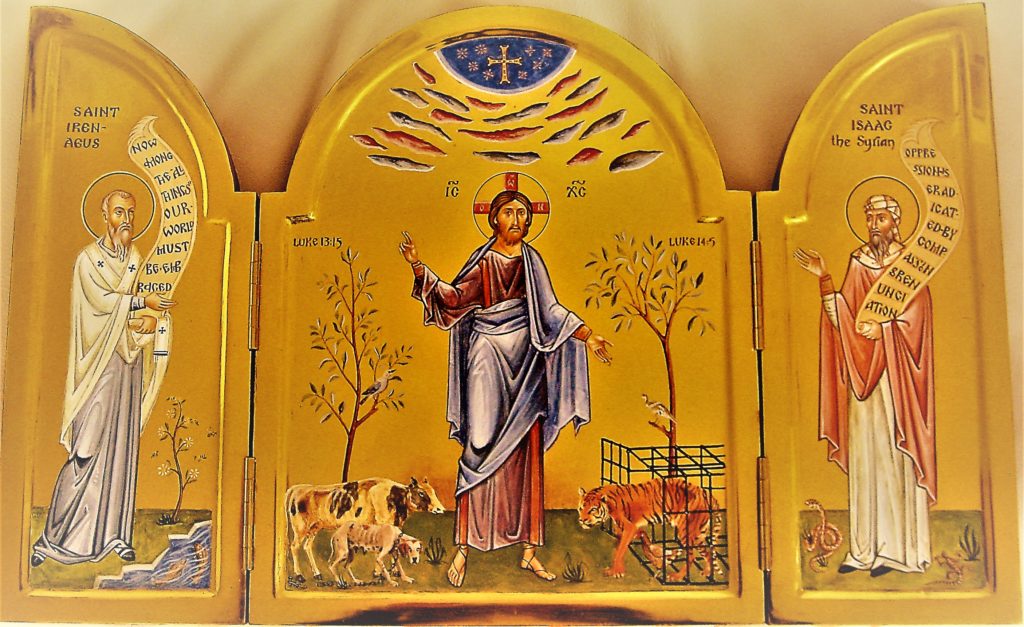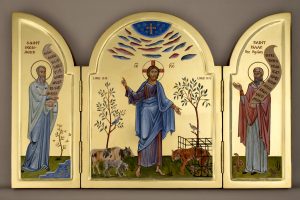We have been contacted today by the CEO of the Save the Asian Elephant animal protection group www.stae.org. They have asked us to comment on the below question, which is part of their latest action – the presentation to the UK government of a draft Parliamentary Bill.
Q: Highly endangered baby and calf Asian elephants are routinely snatched from the wild, isolated, starved and tortured for weeks by stabbing and ripping, beatings with planks and iron rods to “break their spirits” for easy use in tourist “entertainment” – rides, tricks, selfies – reinforced by constant, often fatal beatings throughout their life. Hundreds of tour companies in UK profit from driving up demand for such venues. A petition (http://bit.ly/STAEpetition) demanding new UK law to ban such adverts and sales, and to allow ads for genuine sanctuaries only, has 1 million signatures of support. Should the UK Govt now act to introduce such law?
I learnt of this ‘training’ process some thirty years ago and yet this evil, like so many other forms of evil perpetrated upon His creation, continues unabated.
Here is our response:
” The Pan Orthodox Concern for Animals Charity and the Eastern Orthodox Church denounces all forms of cruelty to the animal creation. Our Patriarchs are clear – cruelty to the animal creation is a sin with consequences for human salvation. We urge the UK government to continue its historical mandate to lead the way in Animal Protection Law by adopting the STAE’s proposed Parliamentary Bill, in order to reduce and prevent extreme cruelty to Asian Elephants. ”
For those of you who do not know of the brutal treatment involved in ‘taming’ elephants for human entertainment, or indeed as part of the process of using them as working animals, here are three photos that depict the process:
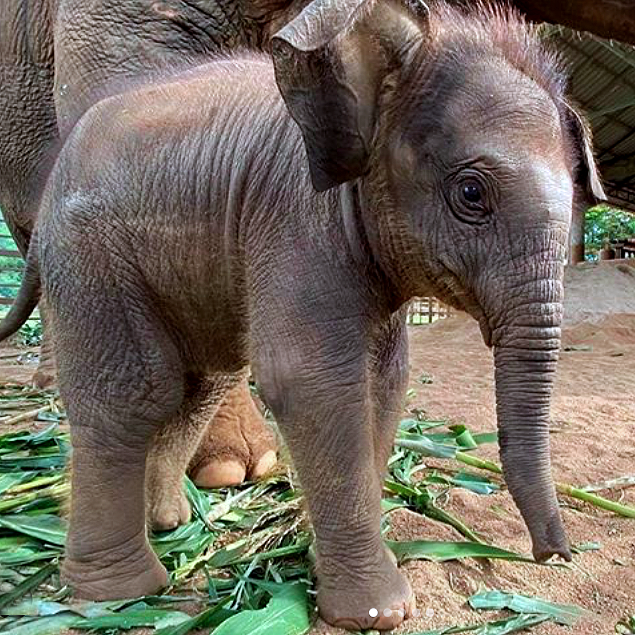
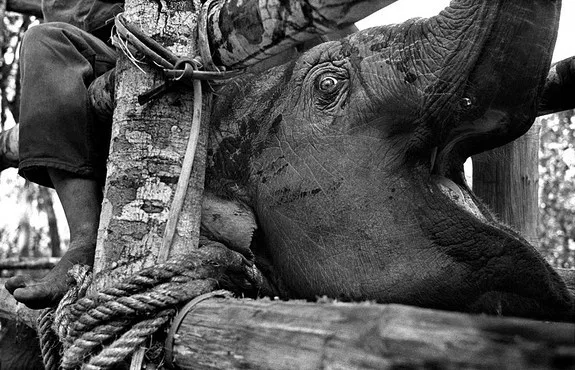
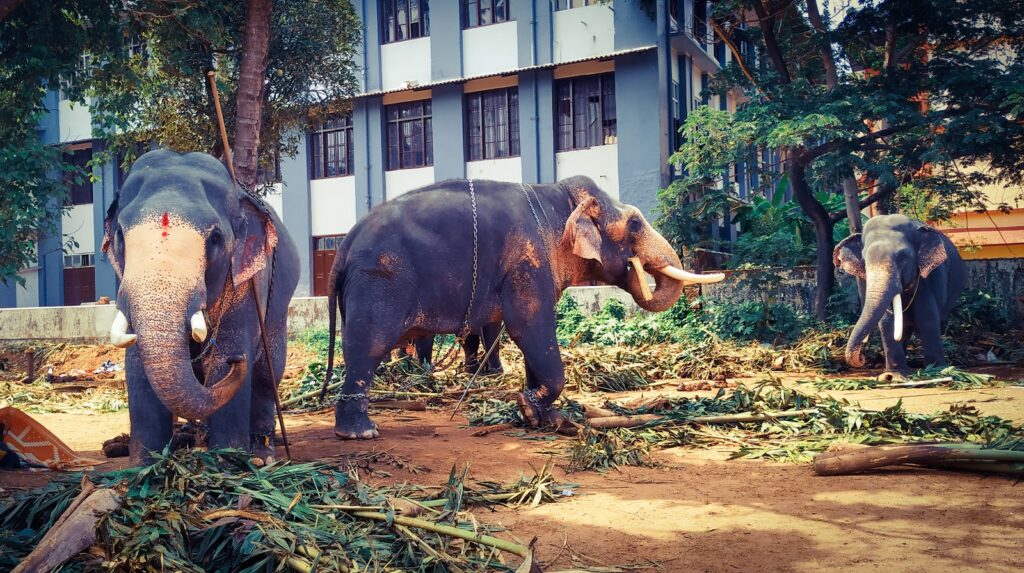
Please sign the petition and share: http://bit.ly/STAEpetition
Dr Christina Nellist. B.Ed; Ph.D, FOCAE. Editor of Pan Orthodox Concern For Animals.



